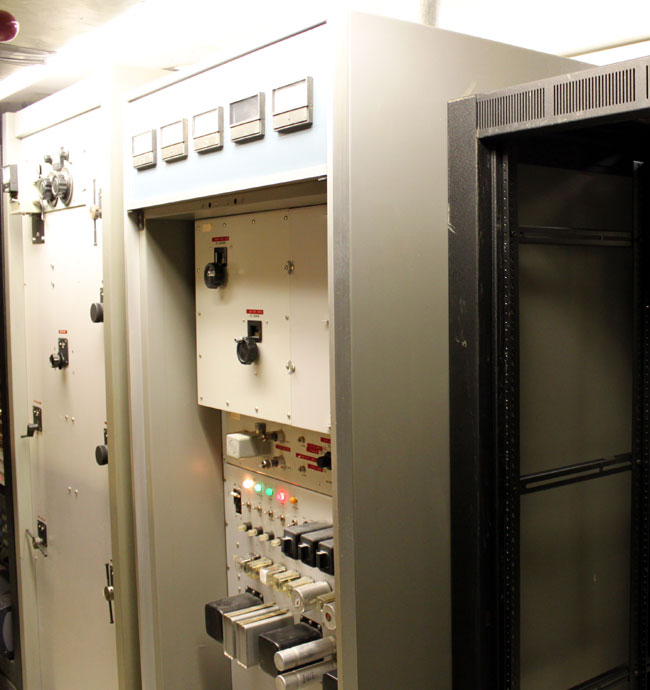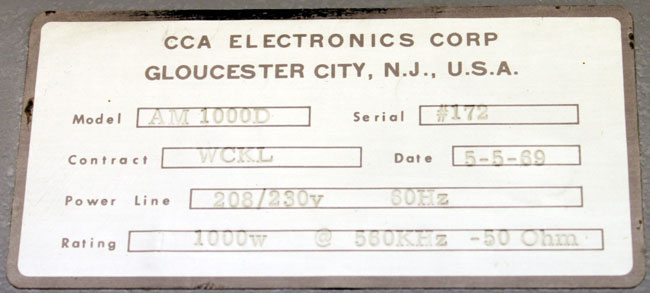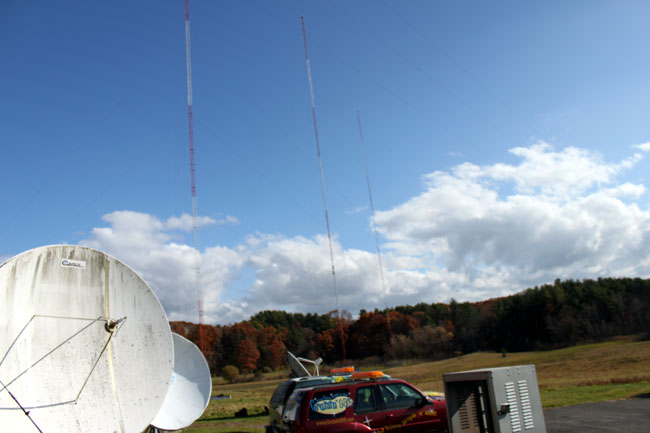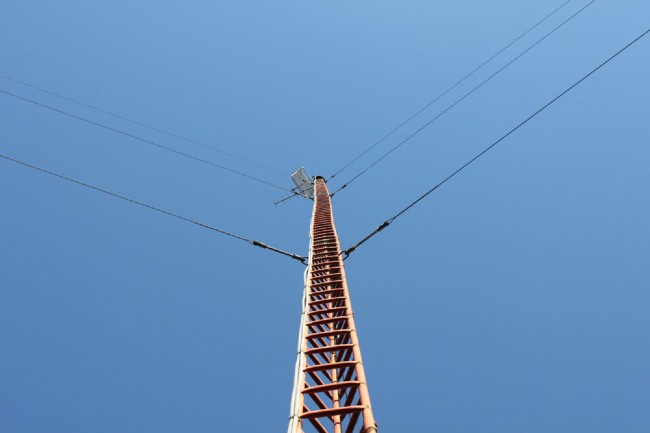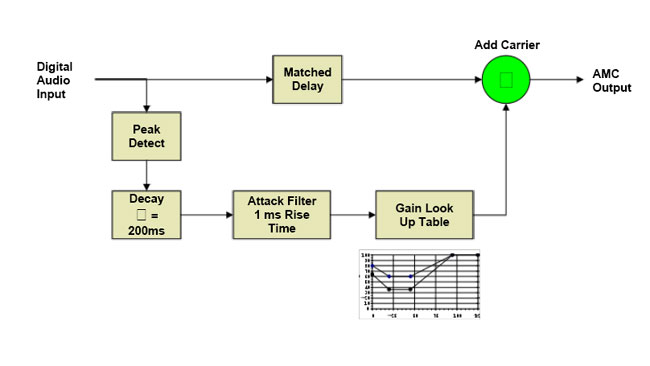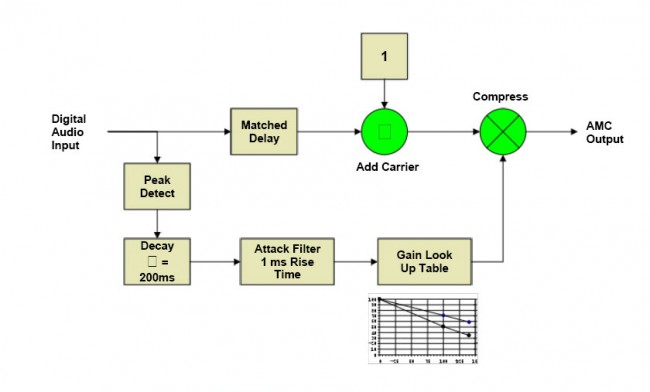Once a bastion of the AM dial, News and or News/Talk format radio stations seem to be springing up on the FM band more and more often. The original premise for creating talk radio on the AM band was the lower bandwidth and reduced (or perception of reduced) fidelity when compared to the FM band lent itself to non-music programming. The reality is that receiver manufacturers never carried through on the NRSC-2 technical improvements, and AM receivers reproduced thin, low-quality audio. I digress, the story goes, the FM band was great for music and the AM band did well with information and talk.
Of course, there were always a few exceptions to those general rules, but for the most part, that pattern held true until about 2009 or 10. That is when AM station’s programming began to be simulcast again (everything old is new again) on FM stations and HD-2 subchannels. It would be interesting to examine why this is so and what it means to the radio business as a whole.
The general trend in the music industry has also been down. This is important because record labels and the radio business used to go hand in hand. Record labels had the job of separating the wheat from the chaff. Those groups or artists that had the talent would be given recording contracts and airplay. With exposure, they would become more known, sell more recordings, record more songs, etc until they peaked and began to decline. Radio stations prospered under this arrangement because they took on none of the risks while getting huge vast quantities of program material to playback, and charging advertising fees for spaces within that programming.
So far so good.
Then, two things happened:
- The communications act of 1996
- The Internet
The communications act of 1996 forever changed the way the radio business was run in this country. No longer were there several thousand individual stations, the most influential of which resided in markets #1 and #2. Instead, there were conglomerations of stations run out of Atlanta, Fort Worth, and a dozen or so other medium-sized cities. No longer were stations competing head to head and trying to be the best and serve their respective audiences; rather, station A was positioned against station B to erode some of its audience so that station C could get better national buys from big ad agencies. No longer would possible controversial artists like the Indigo Girls get airplay on some groups. Songs were sanitized against possible FCC indecency sanctions, morning shows became bland and safe, and radio on the whole became a lot less edgy as big corporate attorneys put the clamps on anything that would invite unwanted exposure.
The last great musical genre was the Grunge/Seattle Sound of the early 1990s. Those bands somehow mixed heavy metal, obscure mumbled lyrics, flannel shirts, and ripped jeans into something that the dissatisfied Gen Xers could understand and appreciate. By 1996, this had morphed into “Modern Rock,” and carried on for several years after that, to fade out in the early 00’s. Since that time, there have been no great musical innovations, at least on the creative side, other than the ubiquitous Apple computer and Pro Sound Tools software.
The internet greatly changed the way recording labels did business, mainly by eating into their bottom line. This had the effect of circling the wagons and throwing up a protective barrier against almost all innovations. The net result was fewer and fewer talented artists being able to record, which pushed those people into smaller, sometimes home-based recording studios. While those studios can put out good or sometimes even excellent material, often the recordings lack the professional touches that a highly trained recording engineer can add. Add to this the mass input of the internet and no longer are bands or artists pre-screened. Some may point to that as a good development with more variety available for the average person. Perhaps, but the average person does not have time to go through and find good music to download from the iTunes store. Thus, a break developed in the method of getting good, talented artists needed exposure. Youtube has become one of the places to find new music, but it is still a chore to wade through all the selections.
Thus, when FM HD-2 channels came into being, there was little new programming to be put into play. HD radio was left to broadcast existing material with reduced coverage and quality than that of analog FM. That trend continues today where now analog FM channels are being used to broadcast the news/talk programming that used to reign on AM.
What will happen next? If Tim Westergren has any say, the internet (namely Pandora) will take over and terrestrial radio will cease to exist. Current trends point solidly in that direction, although I think Tim is a little ahead of himself in his prediction.
News/Talk on the FM dial point not to an attempt to shift the wheezing, white, (C)onservative/(R)epublican programming to a younger demographic, who will, if I am any judge of history, remain unimpressed. No, rather, they are running out of other source material, simulcasting syndicated talk radio is cheap, lean, and a good way to make money without having to pay actual salaries.
